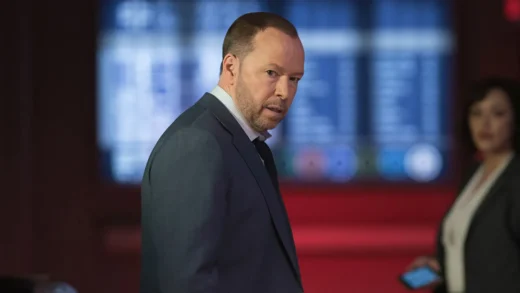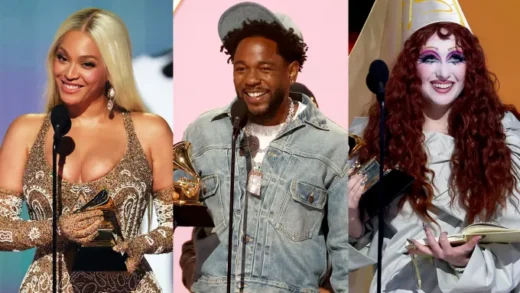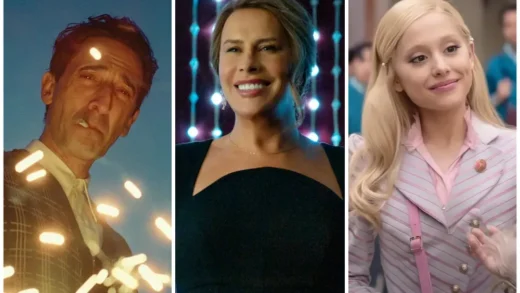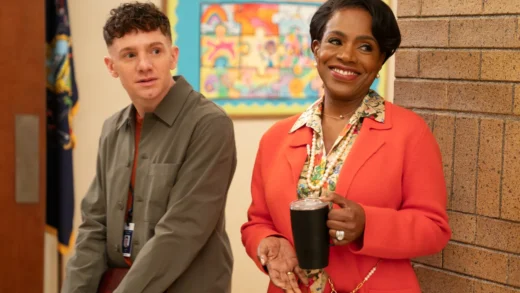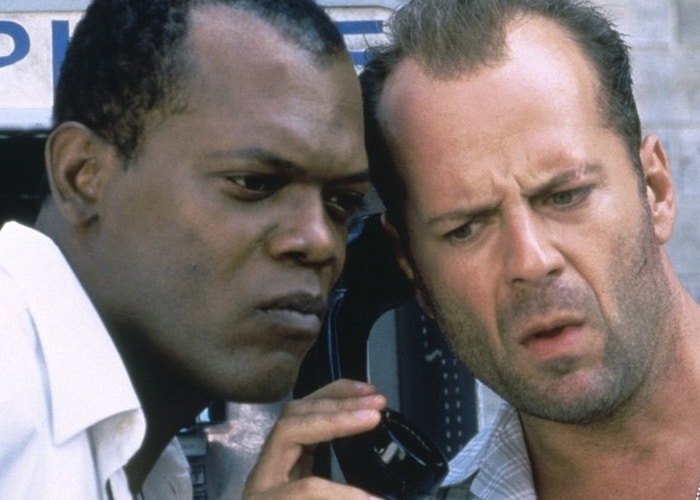In an era when everyone has a phone in their pocket (and seems to be spending increasing amounts of time on them), it is only natural that they play a role in film and television.
Film-Drunk Love’s 2015 “Scene Breakdown” video for The Social Network outlines David Fincher’s excellent use of scene framing during phone calls in order to emphasize the dynamic of the conversation. Watch it below.
Having the actors face each other, then look away in moments of conflict denotes their mindset and the state of their relationship. Fincher also uses camera movement (or a lack thereof) to demonstrate the characters positions and mood.
Phone calls can also be used to take advantage of extremely iconic voices in film. The first example that comes to mind is Liam Neeson’s famous “very particular set of skills” monologue from Taken. The phone (or other device) itself can become a key prop in the scene.
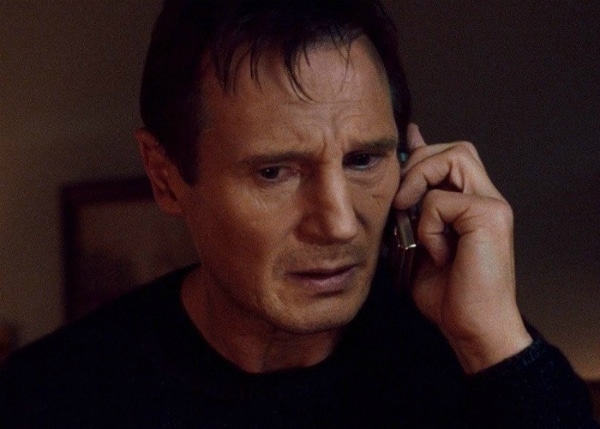
Texting
Texting is an excellent method of communication between characters when you want one to remain anonymous. This maintains the suspense of an unknown character without having to use a goofy voice-spoofer.
Texting has been well-done recently in the media, notably in television shows such as Sherlock and House of Cards. Rather than zooming in on the phone screen, they instead choose to show the text floating over the screen. This makes it easier to read, provides better pacing in a scene without having to cut to the phone screen, and allows the viewer to focus on the reactions of the character receiving the messages.
Unlike phone calls, you can also show the characters drafting messages, discarding them, and rewriting before finally deciding to send. This gives significant insight into the train of thought and mindset of the character on screen. Timing the arrival of messages can have a comedic or dramatic effect on the scene, and the relationship between characters and tone can be communicated through font, emojis, etc.
(Excerpt) Read More at: FilmSchoolRejects.com

